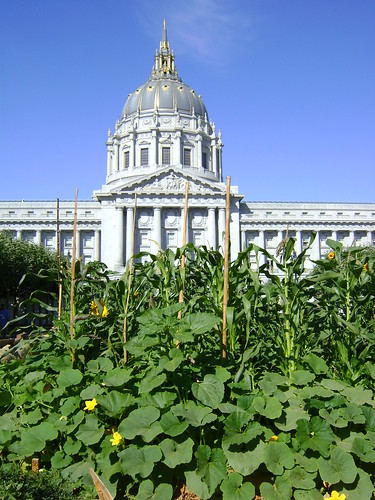For those worried aboutdwindling stocks of fish, the journal Science released an encouraging study this week.
The news on the health of oceans has been consistently dour, whether talking about vanishing bluefin tuna, disappearing coral reefs, the loss of biodiversity, the plight of sharks and whales or the failure of fisherman and the erosion of communities as catches shrink. Never mind global warming, which is taking ocean temperatures higher.
Now the good news.
Scientists studying fisheries around the world found that a novel form of privatization has protected the fish. Once a fisherman owns a share of the fishery, he has a direct incentive to increase the value of those shares, known as Individual Transferable Quotas (ITQs). How so? By making sure the fishery would grow and thus become more valuable.
Christopher Costello and Steven Gaines of the University of California and John Lynham of the University of Hawaii assembled a database of 11,135 fisheries from 1950 to 2003. They found that those with ITQs were dramatically healthier. “Implementation of catch shares halts, and even reverses, the global trend toward widespread collapse,” the paper states.
In the US, the prime example is with Alaskan halibut. Before ITQs, fisherman would race to catch their quota, which shrank with each year, until it was just three days long. When the fishery was open, the catch was a race to the bottom: the fisherman would net the fish, then flood the market, sending the price crashing. The other downside of this “derby” was that fish exceeding the quota would be dumped overboard — along with unintended bycatch scooped up in the frenzy. It was a lose-lose proposition for the fish and the men.
In 1995, the stocks were privitized and shares divied up. Since then, the stocks have rebounded — and so has the price. The Economist notes:
Where mariners’ only thought was once to catch fish before the next man, they now want to catch fewer fish than they are allowed to—because conservation increases the value of the fishery and their share in it. The combined value of their quota has increased by 67%, to $492 million.
Halibut was not the first, nor was it unique. ITQs were first applied to fisheries in Australia. Iceland has had remarkable success with cod, even as cod off the Georges bank of New England dwindle to nothing. It has more ambitiously been applied to red snapper in the Gulf of Mexico, a fishery that shrunk by 97 percent before this step was taken.
The Economist writes that ITQs transformed fisherman from “rapacious predators into stewards and policemen of the resource.” The only problem is that they are by far the rarity when it comes to fisheries and they do not apply in international waters, where vast industrial fishing fleets roam the seas.
Attempts to use ITQs in international waters have failed, because it is too easy for cheats to take fish and weaker regulations mean there are no on-board observers to keep boats honest. And ITQs will not work in slow-growing fisheries, where fishermen may make more money by fishing the stock to extinction than they ever would by waiting for the fish to mature. But in most of the world’s fisheries, market mechanisms would create richer fishermen and more fish.
The interesting thing is that with populations crashing, a market incentive appears to work. Not unlike pollution credits, or other schemes to get people to do the right thing. Banging on the head with regulations can work, but the effort expended in time, litigation and compliance is costly. But create an incentive -- with the fish at least, the result is self-evident.



